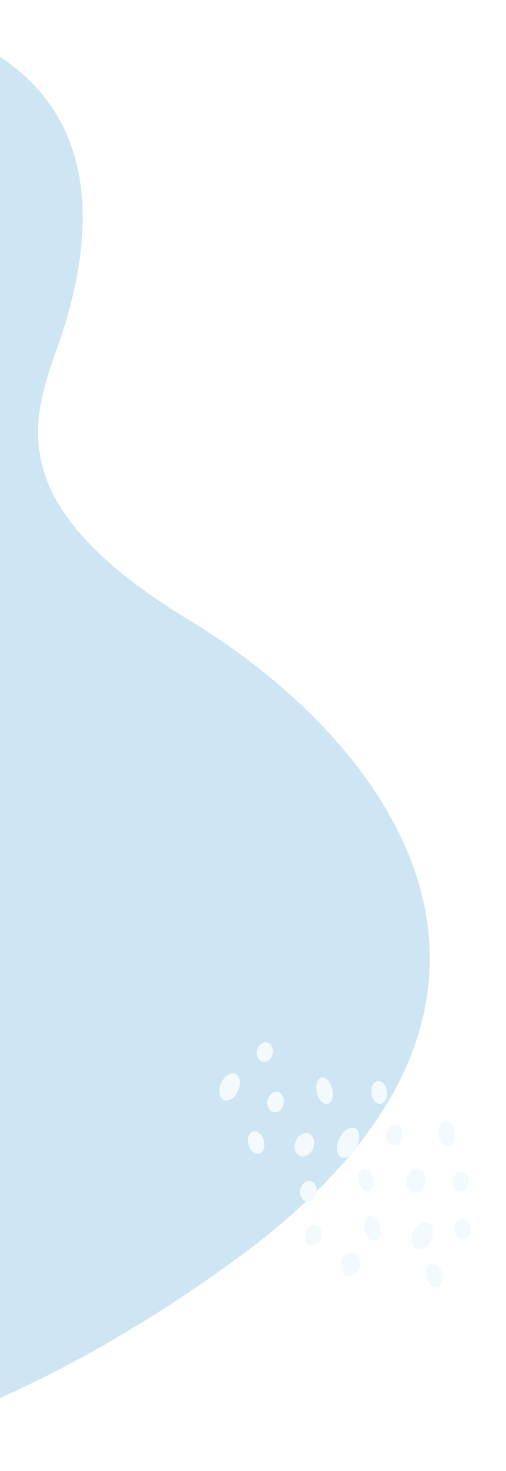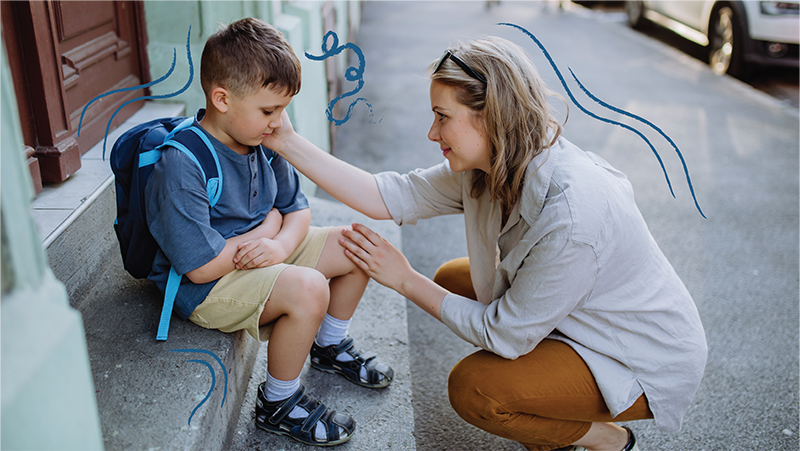
The proof is in the engagement
When HR leaders and employers implement wellness programs, all eyes are on the engagement metrics. There is nothing more disheartening than a requested benefit that goes un-utilized.
We know that employees who have strong benefits feel more motivated, committed, and productive, leading to better business and well-being outcomes. But what happens when you offer benefits and no one takes advantage of them? Is the problem with the program or the rollout?
Here are 4 quick ways employers can optimize engagement for employee wellness programs:
1. Ask for engagement rates from the wellness program and seek solutions that outperform industry standards
- When you start engaging with benefit programs, you should be critical about engagement from the very start. Some questions you should be asking wellness program vendors include:
- Are you able to track engagement easily?
- How is engagement measured, and what is considered success?
- What reporting exists to maintain engagement and insight?
2. Build a rollout plan and test the program yourself
- One of the greatest things you can do as a benefits leader is to test programs and offerings yourself before rolling them out to your employees. This will allow you a chance to see if the program is beneficial and determine internal messaging before companywide rollout.
- Create an internal cohort to pilot the program and share their successes and struggles to create a more streamlined program for the rest of the company including:
- What are the barriers to getting started? What is unclear?
3. Offer multiple entry points for employee enrollment
- You know your employees best, so establishing entry points that suit their needs will help with initial rollout and ease the burden for them. Wellness vendors should have the ability to support your team in a way that optimizes initial buy-in and engagement. Ask the following when determining enrollment logistics:
- What do your employees respond best to? Virtual training, in-person, asynchronous, bite-sized nudges?
- What enrollment options exist from the vendor?
4. Gather feedback and share success stories of wellness programs
- We know engagement breeds engagement. When you have an initial cohort or some internal evangelists within your organization, it’s important to share their stories and experiences. Work with your employees to gather feedback on the programs you’re offering. These conversations will help gauge how employees respond to programs and overall engagement.
- Once you have an internal communication/feedback cadence (synchronous or asynchronous), share anonymous success stories companywide to celebrate engagement and progress.
Mightier’s Approach to Family Wellness and Engagement
At Mightier, we think a lot about engagement. We believe we have an incredible product, but if families aren’t motivated and eager to use it, then nothing else matters. When we set out to create a wellbeing benefit for working parents, we took a two-step approach:
1. We listened to what working parents need
- Parents need mental health solutions for their children that work.
- 4 in 5 parents are concerned about their child’s mental health and 1 in 3 working parents changed or quit their job in the past two years because of their child’s mental health.
- Parents need solutions that are accessible.
- Time and time again, parents tell us all the barriers they face as they try to navigate the care system and find support for their child. Wait lists, providers who don’t take their insurance, providers who aren’t the right fit, and the time commitment of driving to and from appointments are just a few of these barriers.
- Parents want solutions they can be a part of. They don’t want to outsource their children’s care.
- Regardless of what a child’s therapeutic supports may look like, parents are still the primary support and advocate for their child. They want and need solutions that consider the wellbeing of the entire family unit.
2. We listened to what kids need when it comes to their mental health
- Kids need mental health solutions made for kids.
- Therapy is a great solution, but it is not the only solution for every kid. From a developmental perspective, not all kids are comfortable or ready to sit and talk about their emotions. If we want to truly help kids, we can’t expect them to engage in systems built for adults, and we have to provide multiple solutions made specifically for kids.
- Kids need solutions that are fun and engaging.
- Especially for kids who struggle with their mental health, feeling empowered and successful is incredibly important for their confidence and self-esteem. The solutions we offer kids and families should be kid-centric and easy to engage with at home.
We took these learnings and designed a digital space where children learn, practice, and apply coping skills through play which leads to higher engagement and better outcomes overall.
Our mental health benefit is clinically validated to help children build emotional strength through game-based play.
- Developed in conjunction with Boston Children’s Hospital and Harvard Medical School
- Accessible anytime, anywhere. Children can use it from the comfort of their own home
- Library of over 25 games, from brain-teasing puzzles to fast-paced action games with personalized avatars and collectible creatures
- Options for clinical oversight with a licensed clinician consultation call, check-ins, and program support
- Parent App to track progress, find activities, and monitor with parental controls
The proof is in the engagement
Mightier has 10 times the average industry engagement and 87% of kids see improvement in 90 days.
Families deserve solutions that fit their needs. Employers deserve solutions that are used.

















